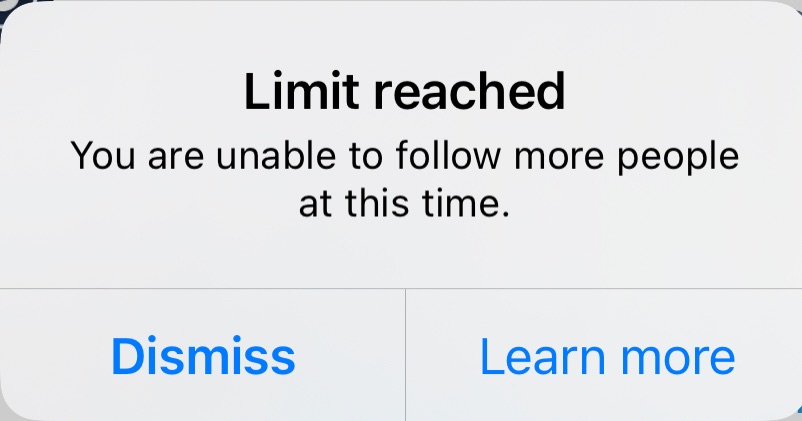- Download the docset index XML.
- Find the docset you want (there are some with URL https://apple.com/none.dmg; ignore them - you will find them again further down the file with a working URL).
- Download the dmg. It's probably around a gigabyte or so.
- "Install" the .pkg file somewhere on your disk. If you don't trust the installer, do it manually:
- Find the largest file, named Payload, and extract it using The Unarchiver.
- This creates a new, even larger file, probably named Payload-1.
- Extract Payload-1 using The Unarchiver.
- After many minutes of extracting, we have our .docset file.
| if ((/^localhost/).test(document.location.host)) { | |
| var linkChecker = (function() { | |
| "use strict"; | |
| let links, errors = [], completed = [], errorCounter = 0; | |
| function addStyle(styleString) { | |
| const style = document.createElement("style"); | |
| style.textContent = styleString; | |
| document.head.append(style); | |
| } |
There is a limit to how many accounts you can follow on Twitter. It was finally documented in this official help document, dated March 2019, but for more than ten years, it was implemented without any explanation from the service, and was known only to those of us who'd actually encountered it.
Here's what happens when I try to follow a new account from @NeoYokel:
I was only able to verify that this has been the case since October 20th, 2017 - naturally, I didn't bother to note the actual date I first received that notice.
Source: Export topic as markdown (enabled for all participants) - feature - Discourse Meta
The native URL to the thread:
https://meta.discourse.org/t/export-topic-as-markdown-enabled-for-all-participants/152185
By eliminating the topic title from a given post’s URL (t/export-topic-as-markdown-enabled-for-all-participants) and prepending raw/, we’re left only with the post ID (152185).
The whole URL will take one to the plain text of the post with Markdown formatting.
If multiple input files are given, pandoc will concatenate them all (with blank lines between them) before parsing. -- from Pandoc website
Pandoc command:
pandoc -s input1.md input2.md input3.md -o output.html
| // Blog post: https://rolandleth.com/extracting-and-parsing-tweets-from-your-twitter-archive | |
| import Foundation | |
| struct Tweet: Codable { | |
| let text: String | |
| let timestamp: String | |
| } |
| /** For advanced users. */ | |
| { | |
| "defaultFontFamily": { | |
| "standard": null, //String - Defaults to "Times New Roman". | |
| "serif": null, // String - Defaults to "Times New Roman". | |
| "sansSerif": null, // String - Defaults to "Arial". | |
| "monospace": null // String - Defaults to "Courier New". | |
| }, | |
| "autoHideMenuBar": false, //Boolean - Auto hide the menu bar unless the `Alt` key is pressed. Default is false. | |
| // Array - Search Service user can access from context menu after a range of text is selected. Each item is formatted as [caption, url] |
Shortlink: http://bit.ly/siricmds
- [Wallet Siri Commands][page_wallet_siri_commands]
- [Web and YouTube Search Siri Commands][page_web_and_youtube_search_siri_commands]
- [More Phone and Notifications Siri Commands][page_more_phone_and_notifications_siri_commands]
- [Contacts Siri Commands][page_contacts_siri_commands]
- [Affective (Fun) Siri Commands][page_affective__fun__siri_commands]
- [Notes Siri Commands][page_notes_siri_commands]
Apple has a long relationship with Adobe. In fact, we met Adobe’s founders when they were in their proverbial garage. Apple was their first big customer, adopting their Postscript language for our new Laserwriter printer. Apple invested in Adobe and owned around 20% of the company for many years. The two companies worked closely together to pioneer desktop publishing and there were many good times. Since that golden era, the companies have grown apart. Apple went through its near death experience, and Adobe was drawn to the corporate market with their Acrobat products. Today the two companies still work together to serve their joint creative customers – Mac users buy around half of Adobe’s Creative Suite products – but beyond that there are few joint interests.
I wanted to jot down some of our thoughts on Adobe’s Flash products so that customers and critics may better understand why we do not allow Flash on iPhones, iPods and iPads. Adobe has characterized our decision as

